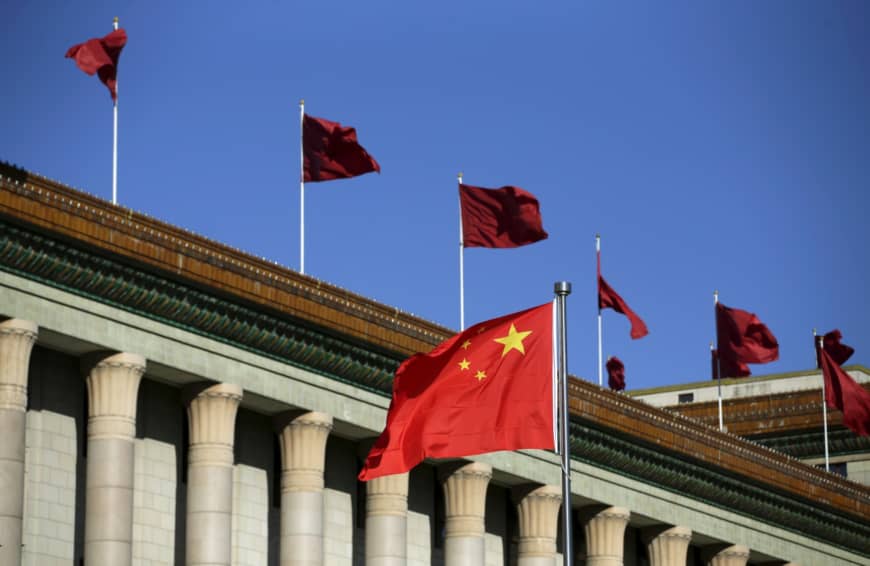KATHMANDU: Despite claims of its influence in the Central Asian Region, China’s growing influence has been described as defensive.
Beijing’s presence in this region has at times become controversial loaded with complications and confusion.
Most importantly, the Chinese have become a scapegoat for local grievances, and a point for sensitive cross-border issues, mainly the widely criticized oppressive treatment of Muslim minorities in China.
Another widely accused issue is China’s debt-trap diplomacy considering its dominance in the region raising debates about its high-level corruption, mainly especially concerning the expenditure of Chinese grants and loans.
It’s been widely assumed that borrowing from China will lead to debt-trap when it comes to its Belt and Road Initiative (BRI) projects, which China claims have provided key opportunities in the Central Asian region.
However, there has been serious skepticism that BRI projects would carry equal amounts of risk.
A report in 2018 has listed Tajikistan and Kyrgyzstan among eight countries which could be vulnerable to ‘debt distress’ as Beijing holds 41 percent and 53 percent of the countries’ respective debts.
Now that, according to the report, Tajikistan’s relationship with Beijing has deepened the country’s dependence on Beijing.
The fact cannot be denied that the Chinese activities and interests in the Central Asia region have been widely dubbed as a ‘carefully crafted plan’.
Beijing initially endeavored to demilitarize the borders and followed by a crackdown on the Uyghur community, a creation of a security framework through the Shanghai Cooperation Organization (SCO). This was a strategy to impose an influx of soft power.
Likewise, the issue of debt dependency intensifies when the question of imported labor from China becomes more acute.
According to some figures in 2018, more than 30,000 Chinese migrants came to Kyrgyzstan, many of whom worked as construction workers on BRI-funded projects.
Meanwhile, Tajikistan too has faced growing public discontent. According to unofficial data, there are 150,000 Chinese migrant workers are in the country.
Similarly, regional ‘Sinophobia’ has touched its highest level in the light of Beijing’s what has been described as ‘counter-extremism’ policies in Xinjiang, and its widespread mass incarceration of Uyghurs as well as other Muslim minorities in the region in the name of ‘re-education camps’.
It has been widely reported that thousands of ethnic Kazakhs are also forced to ‘dehumanizing indoctrination’ at these camps in western China.
An estimated million detainees have been kept in such camps in Xinjiang that includes approximately 22,000ethnic Kyrgyz and 10,000 ethnic Kazakhs.
If public outrage of Beijing in Central Asia translates into changes in government policy, this region could lead to becoming a spoiler for its BRI ambitions. (Agencies)









Comment